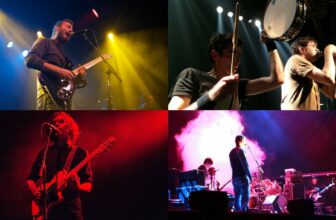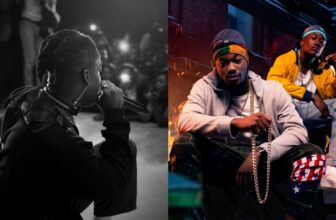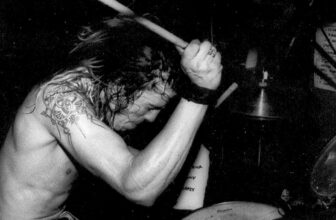The Ultimate Guide to Electronic Music Genres
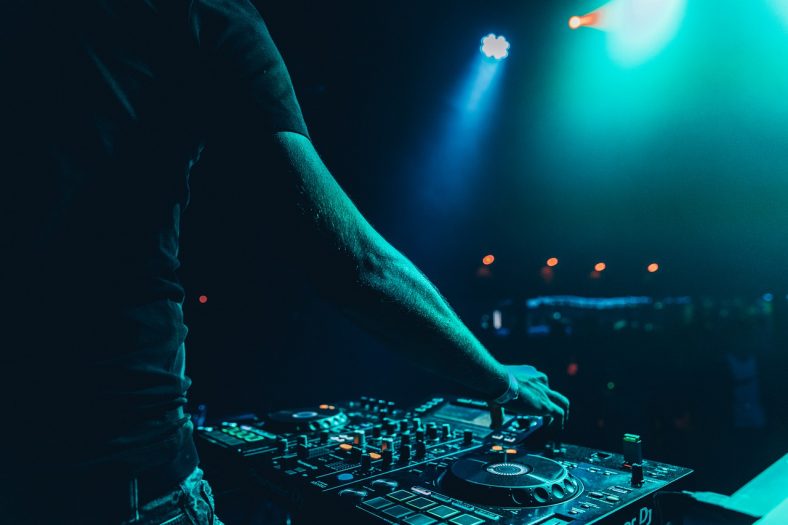
Electronic music comes in so many forms. Each of these genres have their own unique sound and style and often include many diverse sub-genres within them.
Let’s take a look at some of the most popular electronic music genres and what makes them so radically different from one another.
Contents
1. Techno
One of the biggest genres of electronic music, Techno, began in Detroit in the United States in the 80s, before taking over the rest of the world in the 90s. The key characteristic of Techno is a solid, steady four-on-the-floor beat ranging from 120-150bpm. Drum machines such as the Roland TR-808 and the TR-909 have become synonymous with Techno and software emulations of it are used to make Techno music to this date.
The fusion of Kraftwerk, Yellow Magic Orchestra, and Giorgio Moroder’s synth-heavy futuristic sound with African-American House, Funk, and Electro music gave birth to “techno”, which is now further categorized into sub-genres such as Minimal, Acid, Industrial, Hardcore, Dub and Ambient Techno.
Some of the most notable influences of Techno can be found in the works of The Prodigy, The Chemical Brothers, Aphex Twin, Apparat, and Modeselektor. Techno still thrives in the legendary clubs of Berlin such as Berghain.
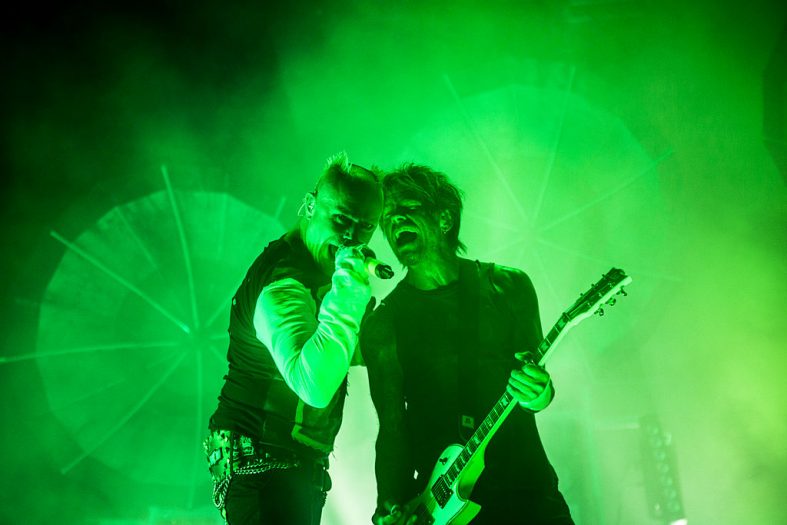
2. House
Similar to Techno in terms of BPM, House music originated in Chicago in the 80s. Spearheaded by the DJs Frankie Knuckles and Marshall Jefferson, House has since evolved into sub-genres such as Acid, Big Room, Chicago, Deep, French, Deep/Electro, Future, Latin, Minimal, Progressive, Tech, and Tropical House.
In its early days, House was a mix of futuristic and synth-heavy Eurodisco with jazz, soul, and funk. The Roland Bass Line Synthesizer TB-303 was heavily used and remains a defining characteristic of the genre.
The list of top House music artists is long and some of the names include Deadmau5, Justice, Avicii, Fatboy Slim, Groove Armada, and Swedish House Mafia. Daft Punk have also been credited for being one of the first artists to bring House music into the mainstream.
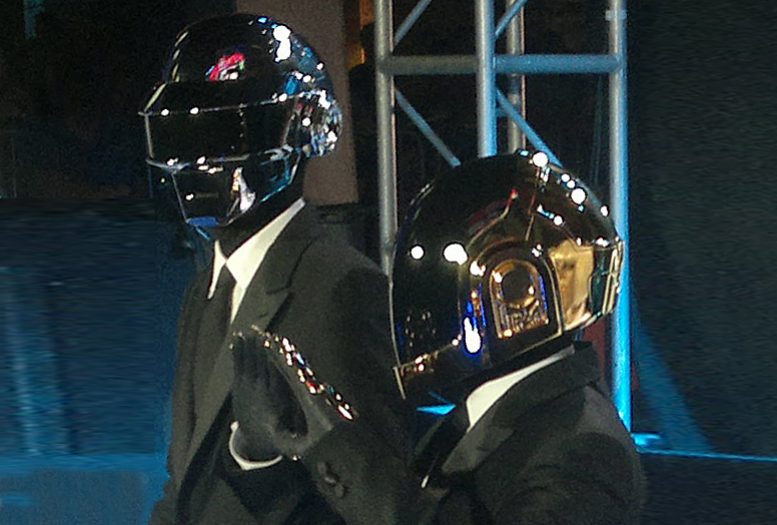
3. Electro
With the decline of disco music in the United States, funk and early hip-hop merged to form Electro (or, Electro-Funk). The Roland TR-808 remained a common component of the music but added to this were synthesizers, homemade circuits, voice boxes, and instruments such as the flute.
Most Electro music is around the 128BPM mark and branches out into subgenres such as Electro-Soul and a broader, Contemporary Electro.
4. Dubstep
One of the newer branches of electronic music, Dubstep originated in London in the early 2000s. The genre is characterized by syncopated beats which are somewhere between 130 to 140BPM, with a dedicated break at half-time.
The grooves incorporate tuplets and a heavy wobble-bass. The name ‘dubstep’ can be traced back to the use of Jamaican ‘dub’ reggae sounds mixed with popular sounds of the UK such as grime, jungle, and broken beat.
In 2011, Dubstep gained traction in the United States spearheaded by Skrillex. This was an evolution of the sound, in which it was more aggressive sounding and incorporated elements from metal and nu-metal. This American variation is known as “Brostep”.
With its presence massively felt in mainstream pop music, the popularity once enjoyed by Dubstep declined by 2014. But it is not dead yet and some of the biggest names in Dubstep today are Major Lazer, DJ Snake, Bassnectar, and Benga.
5. Electro-Pop
As the name suggests, Electro-Pop is an amalgamation of electronic music with pop songwriting and heavy use of synthesizers. Electro-Pop thrived in the 70s and the 80s, championed by artists such as the Pet Shop Boys, Soft Cell, and even New Order on some of their more uptempo songs.
Acts in the 90s such as Depeche Mode, Goldfrapp, and Madonna continued to break new ground in the genre with seminal albums. But the big resurgence of Electro-Pop was in the 21st Century with Britney Spears’ ‘Blackout’ and Lady Gaga’s ‘The Fame’.
Not just American or European artists, Electro-Pop features prominently in K-Pop music, and boy/girl bands such as BTS and Girls’ Generation are some examples.
There is no clear demarcation when it comes to a tempo and the genre is usually defined by the instrumentation on the tracks.
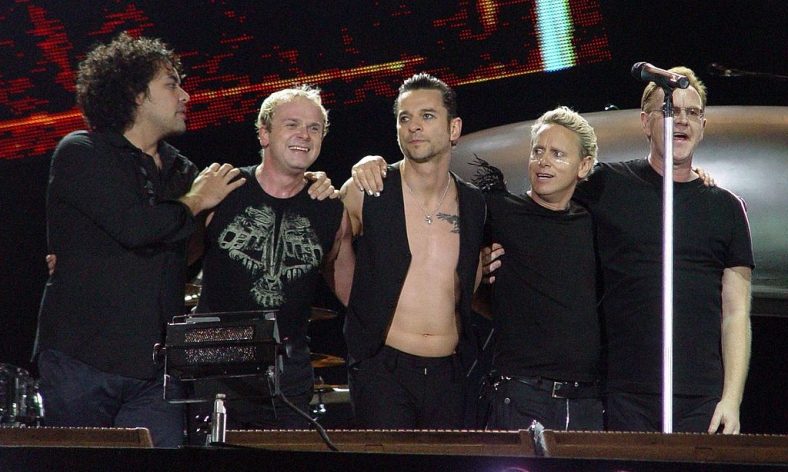
6. Trance
Often described as a hybrid of Techno and House, Trance music is characterized by its emphasis on melodies, harmonies, and lush soundscapes. The tempo generally falls somewhere between 128 to 140BPM, but this is not a strict yardstick because some of its subgenres (such as Uplifting, Progressive, Vocal, Epic/Orchestral, and Psy/Goa Trance) often do not fall into this group.
Trance music first made its presence felt in German nightclubs in the 90s before spreading across Europe. Ferry Corsten, DJ Tiësto, and later Armin Van Buuren are credited for bringing Trance into the global limelight. Currently, it enjoys popularity across the globe, with major Trance music festivals on almost every continent.
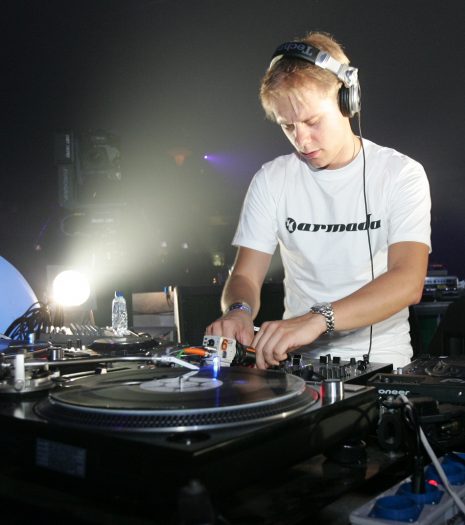
7. Jungle And Drum & Bass
The UK rave scene in the 90s also saw the rise of another new genre that came from breakbeats, dub reggae bass, and syncopated percussions.
Generally characterized by its fast tempo ranging from 150 to 200BMP, Jungle emerged also as a result of the sound-system culture prevalent at the time and became a cultural expression for urban lower class youth who were feeling the pressure of living in a post-Thatcherite society. Although there is no exact record of who can be credited for coining the term “Jungle”, Rebel MC, MC Navigator, and Top Buzz’s MC Mad P have all been attributed at some point.
Jungle has since evolved into two major subgenres: Ragga Jungle and Jump-Up.
Some of the most iconic Jungle tracks are “Everyman” by Kenny Ken, “Burial” by Leviticus, and “Bad Ass” by Aphrodite. Jungle became a major forerunner for Drum & Bass, which would emerge by the mid-90s.
Drum & Bass is characterized by its use of sub-heavy basslines, synthesizers, and samples along with breakbeats falling usually between 165 to 185BPM. Some of its sub-genres further branch out into Mainline, Light, and Heavy Drum & Bass.
Goldie, DJ Hype, Roni Size, Chase & Status, and Pendulum are some of the names immediately associated with Drum & Bass.
8. Breakbeat
Breakbeat started in the 1970s and is known for its use of hip-hop, funk, jazz, and R&B drum samples. Its influence can be found in many forms of music such as Deep House, Drum & Bass, UK Garage, and even Trip-Hop.
It is said to have been founded in New York in the 1970s by Grandmaster Flash and DJ Kool Herc. Unlike other genres, there is no fixed tempo for breakbeats and instead, the tracks are characterized by their danceable rhythm, the use of classic funk samples, hi-pass filters, and other audio effects.
In the 1980s, Breakbeats were incorporated into non-hip-hop music. In the 90s, Florida Breaks, Breakbeat Hardcore, Psychedelic Breakbeat, Nu-Skool Breaks, and Progressive Breaks emerged as new sub-genres.
Artists like The Chemical Brothers, Propellerheads, The Prodigy, Fatboy Slim, and Death By Vegas are considered pioneers of this genre.
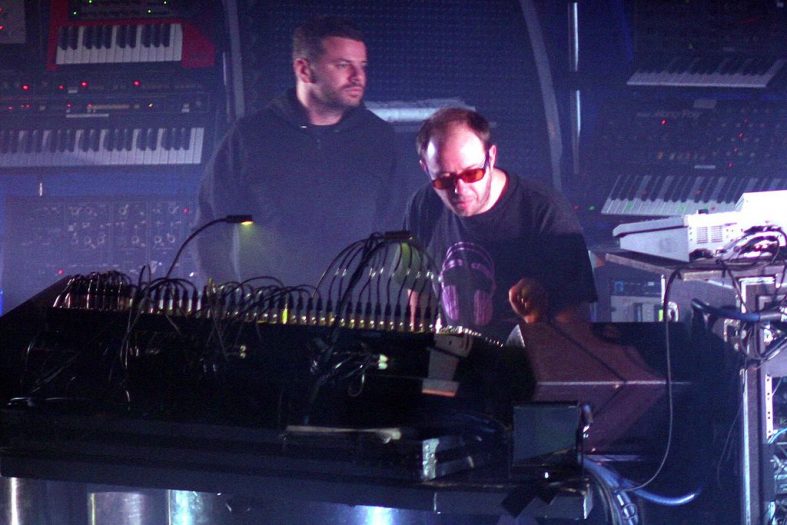
9. Downtempo
When we think of the word ‘downtempo’, we automatically associate it with music that has a slow pace and is often atmospheric. Downtempo music is melodic, has a slow-tempo beat (usually about 90BPM), and incorporates layered and textural sounds to give it an overall easy mood. It is usually played in clubs before or after an electronic dance music set to help one relax.
Artists like Massive Attack, Tricky, and Portishead started to fuse slow tempo hip-hop beats with psychedelic elements that resulted in the rise of ‘Trip-Hop’. This was probably one of the earliest examples of Downtempo.
By the 90s, this sound migrated from Bristol to other parts of the world such as Ibiza and even Australia. Thievery Corporation are best known for bringing this sound into the United States. In its current form, Downtempo has now morphed into genres like Lo-Fi, Indie, Chillout, and even Deep House.
Currently, some of the most notable Downtempo artists are Bonobo, Tycho, Nicholas Jaar, and Boards of Canada.
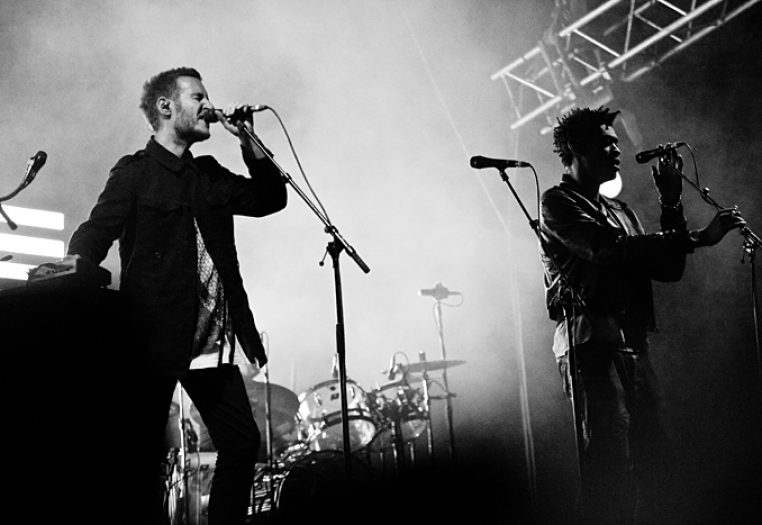
10. Ambient
Instead of relying on a structured melody or a steady beat, Ambient music is all about exploring mood, texture, atmospheric layers, and tonality. Synthesizer pads and acoustic instruments are used and the emphasis is on minimalism, along with non-traditional song structures.
In 1917, French composer, Erik Satie composed music made specifically to be played in the background (musique d’ameublement, “furniture music”), and upon his death, John Cage revived this style using the ethos of minimalism and musical timbres. The term ‘ambient music’ was coined by Brian Eno in the 70s and two of the earliest examples of ambient records are ‘Ambient 1: Music For Airports’ and ‘Ambient 4: On Land’.
In the 80s, Ambient merged with electronica, and Aphex Twin’s ‘Selected Ambient Works’ is a great example of the coming together of these two musical styles.
Currently, Ambient music has evolved into subgenres such as Ambient House, Ambient Dub, Ambient Techno, Ambient Pop, Space Ambient, and Dark Ambient.
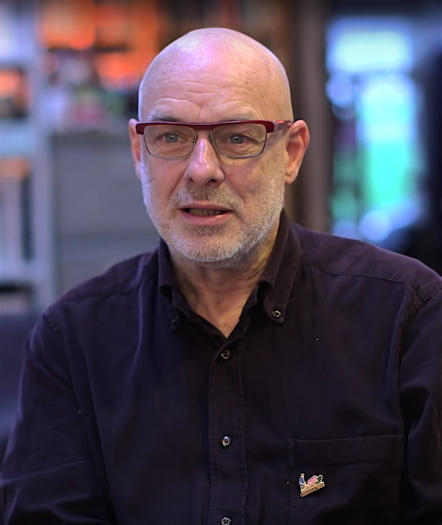
11. Synthwave
Synthwave emulates the synthesizer sounds and beats of the early 80s which were commonly found in action movies and videogame themes. To spark a kind of nostalgia, the tempo remains at a steady 80-118BPM and some of the more upbeat tracks play at 128-140BPM.
Kavinsky revived Synthwave in 2010 with the soundtrack of the movie Drive. Other notable artists include Waveshaper, The Midnight, Perturbator, and Gunship.
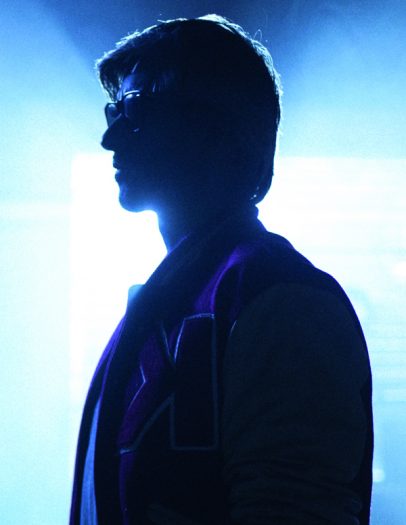
12. IDM
Intelligent Dance Music (IDM) originated from a collection of artists in the United Kingdom, but the term IDM itself is believed to have originated in the United States in 1992 after the release of the ‘Artificial Intelligence Warp’ compilation, which included tracks by Aphex Twin, I.A.O., Speedy J, The Black Dog, B12, The Orb, and Autechre. This was a far departure from music to simply dance to, and comprised of textures and ambient soundscapes. The idea of IDM was to connect with the music intimately and listen to it over headphones instead of big speakers at a nightclub.
Since the term “Intelligent” Dance Music is often considered condescending, IDM is also referred to as ‘Art Techno’, ‘Electronica’, or ‘Armchair Techno’.
Some of the most popular IDM artists are Aphex Twin, Squarepusher, and Amon Tobin.
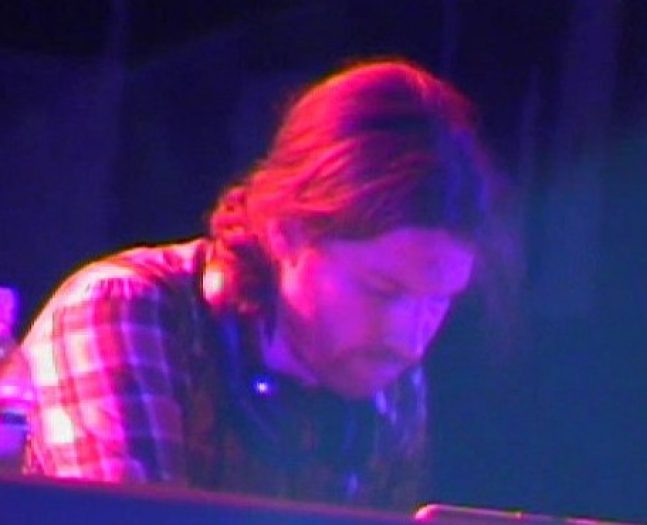
13. Garage
The name “garage” comes from the New York nightclub Paradise Garage which operated from 1977 to 87 and artists ranging from The Clash to Sylvester played at the venue, as long as the music they played could be danced to.
Inspired by R&B, jungle, and garage house, UK Garage emerged in England in the mid-90s.
The music is defined by the use of a four-on-the-floor beat at 130BPM, deep sub-bass basslines, and sped-up or chopped-up vocals emulating the dub sound-system sound. UK Garage is said to have inspired genres such as Dubstep, Future Garage, and UK Funky.
While Garage was popularised by artists like Sunship, Craig David, and Armand van Helden in the late 1990s and early 2000s, it was brought back into the spotlight recently by artists like Disclosure and Jamie XX.
14. Industrial and Post-Industrial
Industrial Music gets its name from the British ‘Industrial Records’ founded in 1976. Its sound is a mix of hardcore punk and heavy metal with beat-heavy electronic music. Distorted guitars, provocative lyrics, and melodic hooks are paired with synthesizers and samplers. The result is an aggressive sound with a danceable rhythm.
Artists like Skinny Puppy, Numb, and Front Line Assembly popularised this sound in the 80s, and bands such as Nine Inch Nails and Marilyn Manson would further experiment with the genre in the 90s by adding heavily overdriven or distorted guitars to the mix.
Industrial is often considered a precursor to Dark Electro and Aggrotech.
Industrial music branched out into Post-Industrial sounds such as Ambient Industrial, Electro-Industrial, Industrial Rock, Industrial Hip-Hop, Powernoise, Neofolk, Power Electronics, and Witch House.
15. Hardcore
Hardcore originated in the UK, Germany, and Netherlands in the early 90s. Ranging from 160-200BPM, it uses distorted sawtooth kick drums with synthesized basslines and often violent-sounding textures.
Some of its subgenres are Gabber, Mákina, Industrial Hardcore, Speedcore, and Breakcore.
Prominent Hardcore artists include Angerfist, Sefa, and Dr. Peacock.
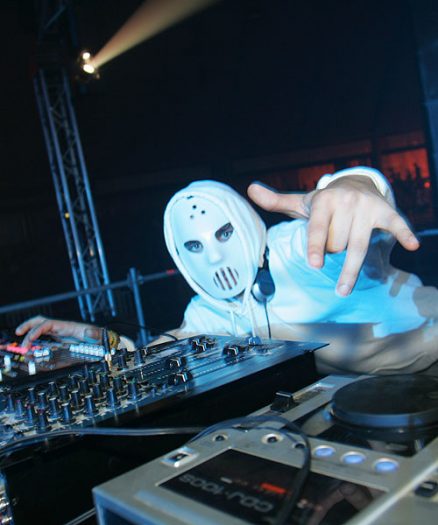
Conclusion
Electronic music continues to evolve in wondrous ways. While brand new genres such as Algo Rave, which uses live coding, are pushing boundaries with newer technology, some musicians are choosing to go back to where it all started with complete analog, modular setups. The evolution of electronic music is like water, never staying still and constantly moving in different directions.
Prodigy Image by: Batiste Safont, CC BY-SA 4.0, via Wikimedia Commons
Daft Punk Image by: James Whatley, CC BY 2.0, via Wikimedia Commons
Depeche Mode Image by: Nir Nussbaum, CC BY-SA 2.5, via Wikimedia Commons
Armin van Buuren Image by: Patrick Savalle, CC BY-SA 2.0, via Wikimedia Commons
The Chemical Brothers Image by: https://www.flickr.com/photos/alterna2/, CC BY 2.0, via Wikimedia Commons
Massive Attack Image by: Platonova Alina (ru: Платонова Алина), CC BY-SA 3.0, via Wikimedia Commons
Brian Eno Image by: How We Get To Next, CC BY 3.0, via Wikimedia Commons
Kavinsky Image by: Brian Krofchick, CC0, via Wikimedia Commons
Aphex Twin Image by: clattimo, CC BY-SA 2.0, via Wikimedia Commons
Angerfist Image by: riotstarter1978, CC BY 2.0, via Wikimedia Commons

